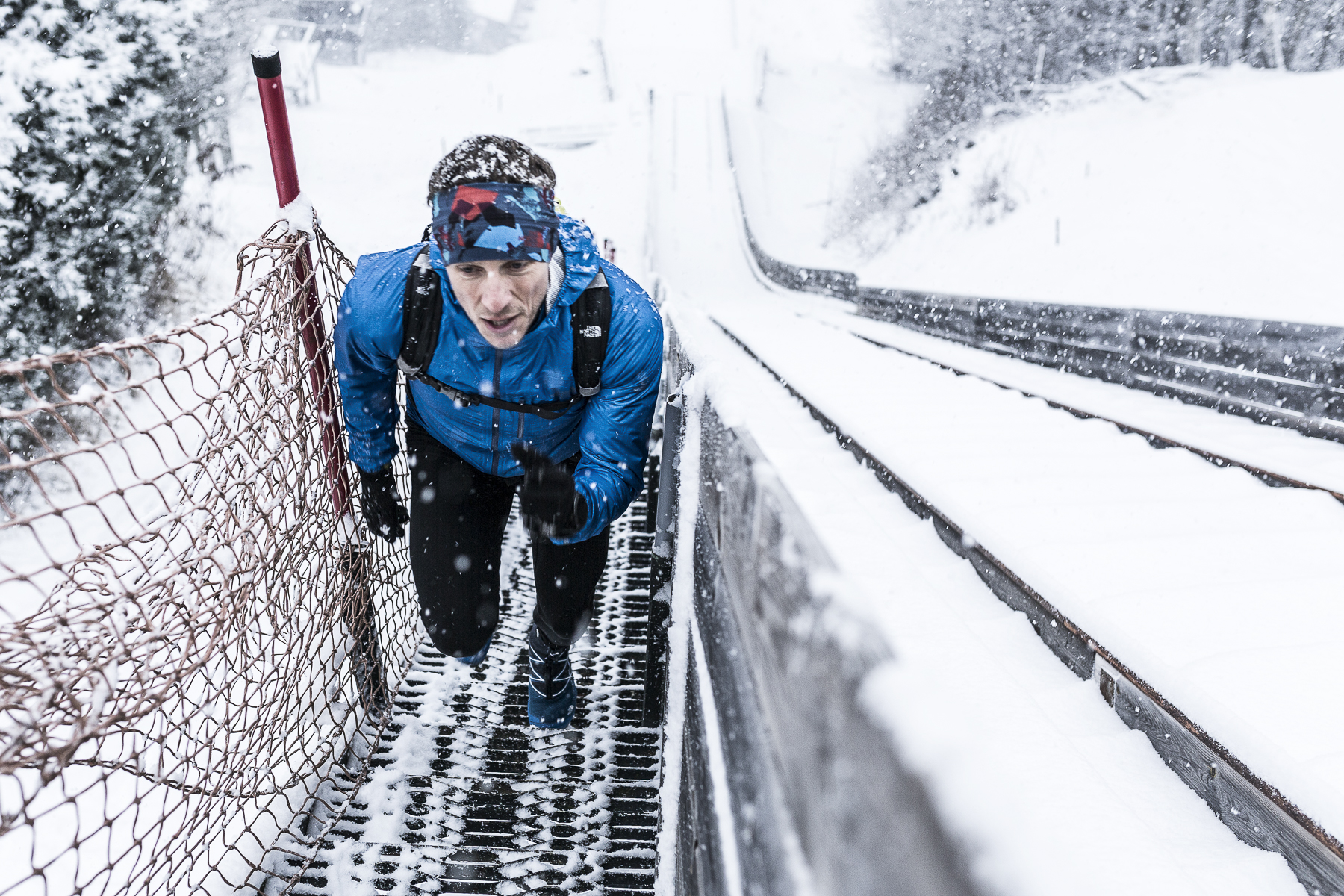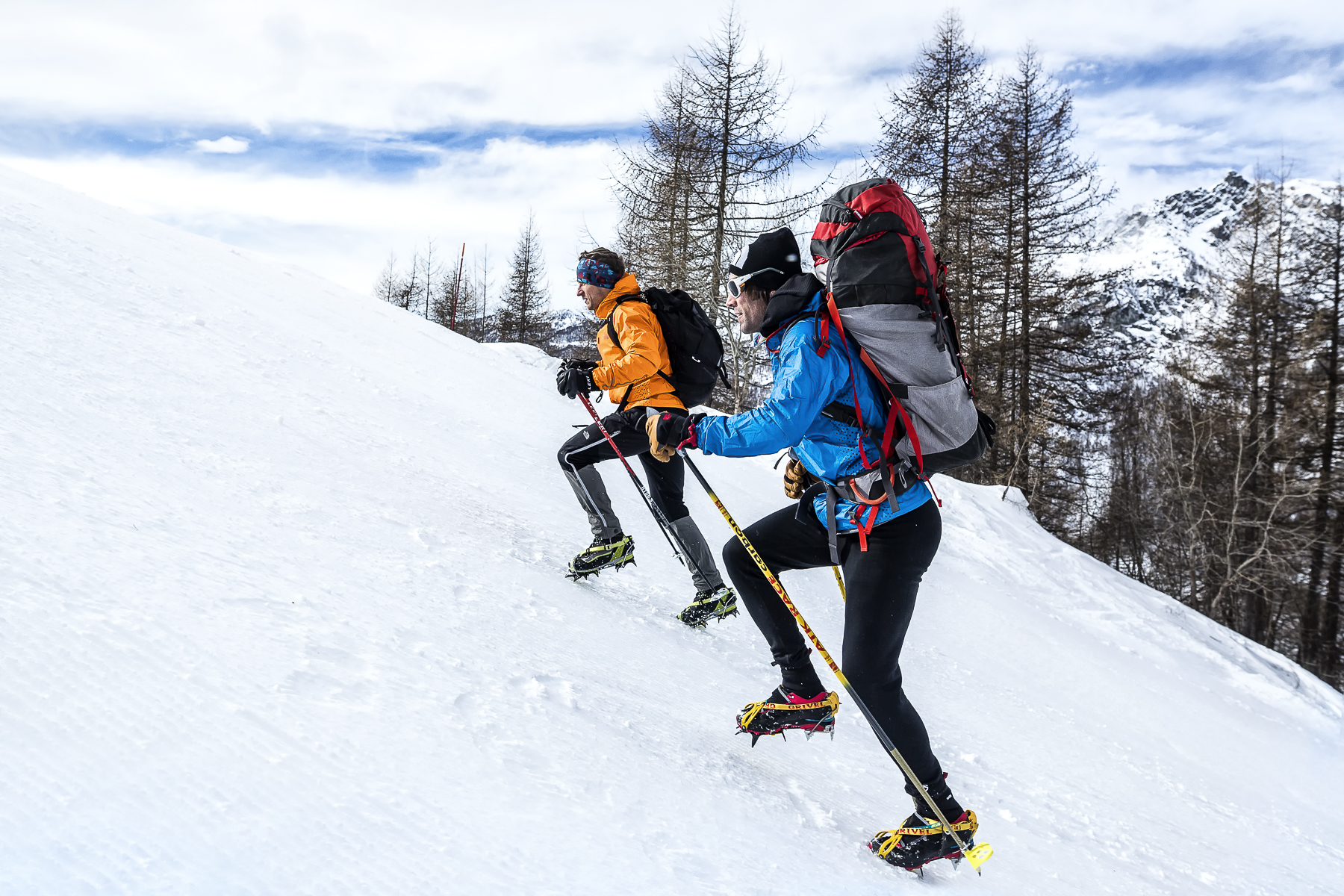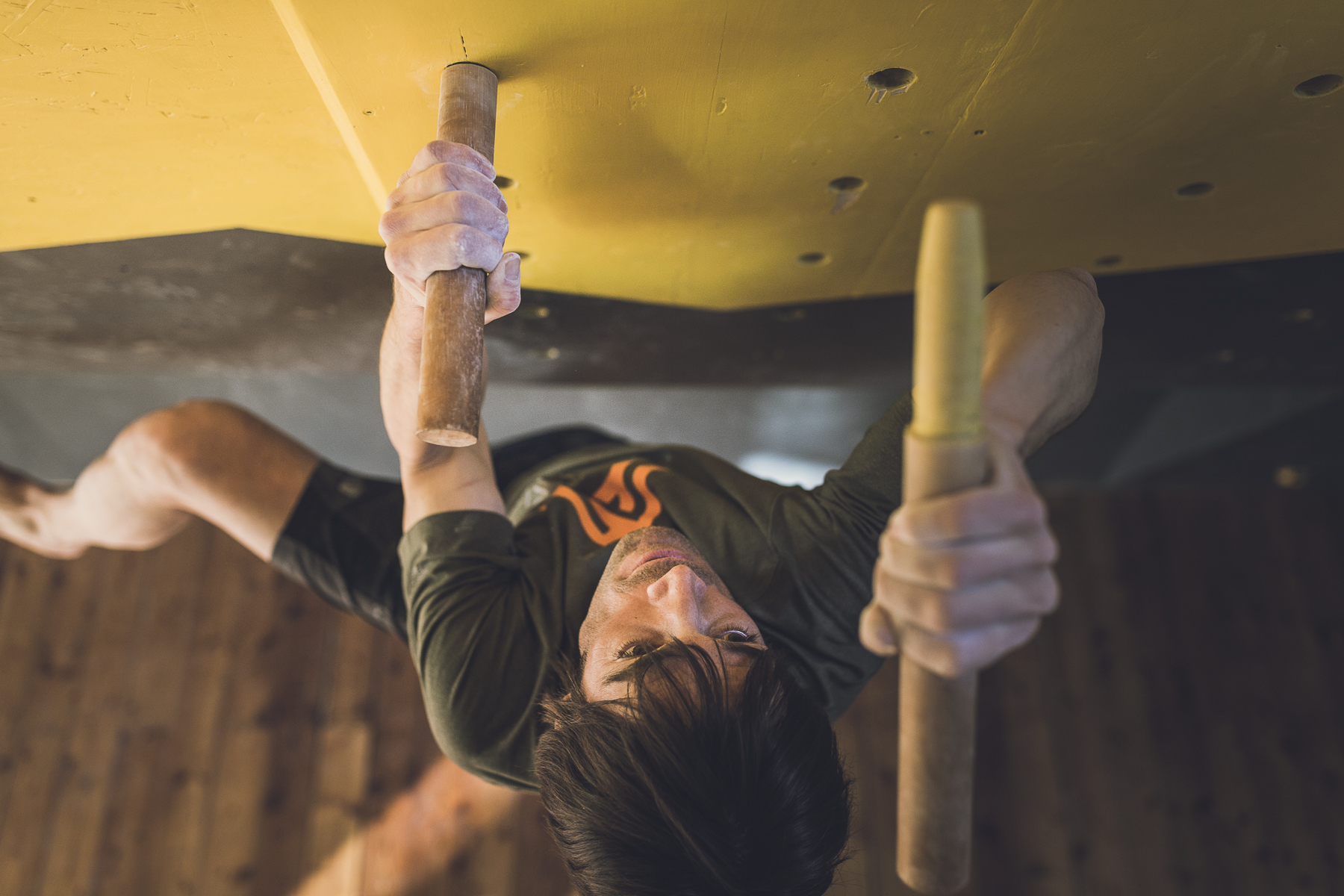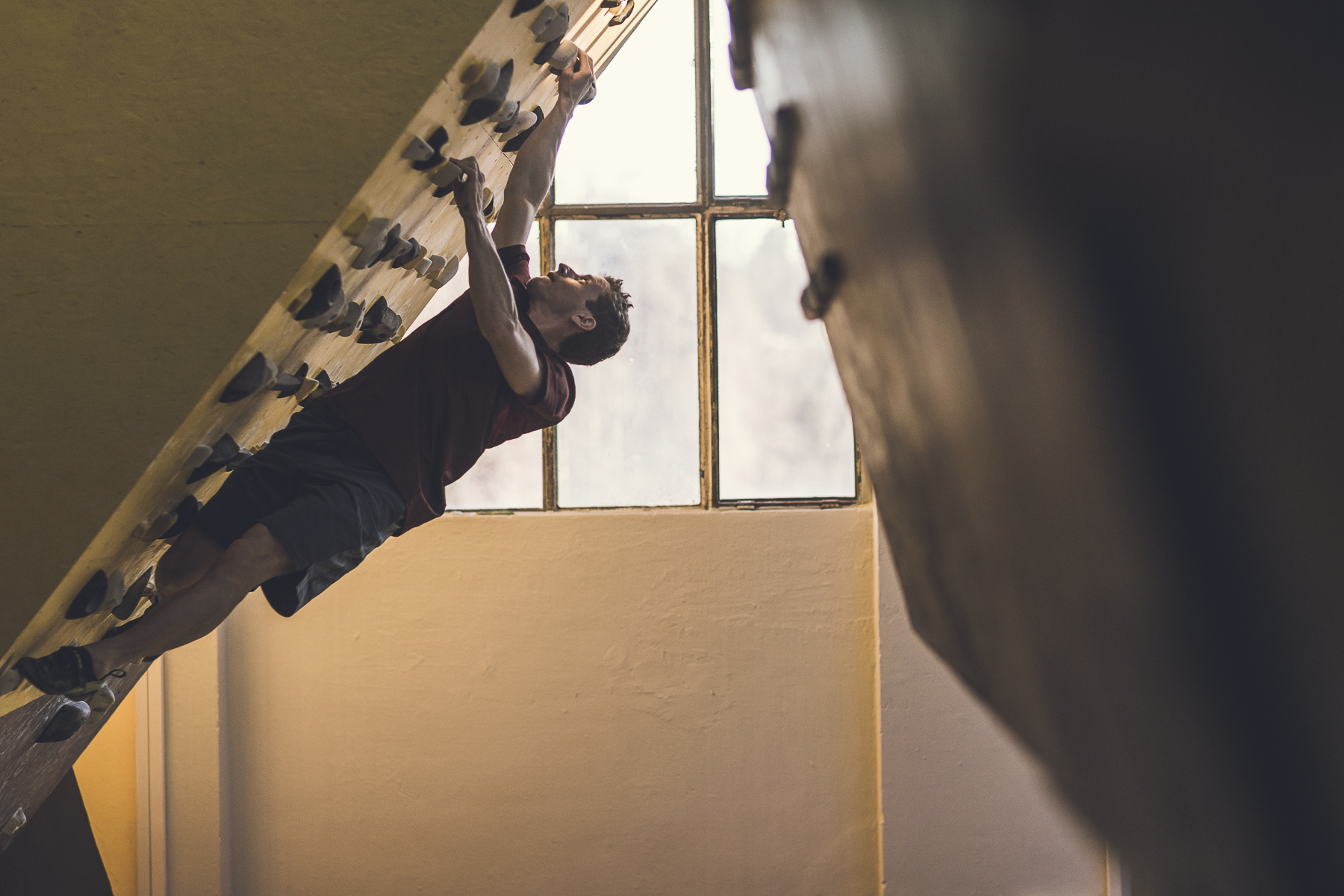In the spring of 2016, David Göttler stood 7,800m up the South face of Shishapangma in Tibet, around 200 metres from the mountain’s summit.
Along with his climbing partner Ueli Steck, Göttler had trained for 12 months, waited for five weeks at base camp and spent many hours climbing up the mountain face to reach this point. The elements were not on his side however and due to bad weather it was here, so close to the summit, that he had to turn back and give up on any hope of finishing the route. The pair returned home, never even getting a real look at the peak that they’d trained so hard to reach.
For most people on the planet, one intense battle with nature and this monumental mountain would be enough for a lifetime. For Göttler however, the experience of being on the mountain and coming so close to conquering it only pushed him to return. “For me this mountain is magic” says Göttler. “The minute we finished our expedition last year I thought ‘I can’t wait to come back and try again.’”
True to his word, Göttler has trained since that event to meet Shishapangma once again and returns this spring to try and conquer the peak that once beat him. Joined by his new climbing partner, Hervè Barmasse, the pair aim not only to summit the mountain, but to open a new route on the south side. We went out to meet them at the end of their training in the French Alps, to see how they’re feeling about their upcoming adventure.





